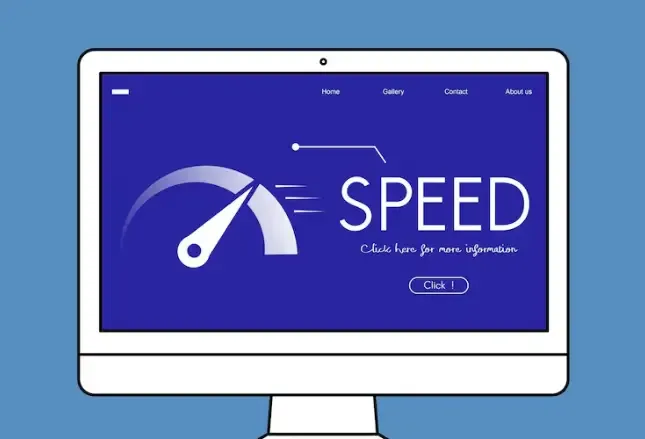How to Check Browser Compatibility with WebGPU
With the rapid development of web technologies, WebGPU has become an important interface for handling graphics and computation tasks in modern browsers. Compared to WebGL, WebGPU offers more powerful performance and lower latency.
However, not all browsers fully support WebGPU, making it particularly important to check browser compatibility. Next, I will use the ToDetect browser fingerprint detection tool to teach you how to quickly check the support for WebGPU in your browser.

What is WebGPU? Why is it necessary to check browser compatibility?
WebGPU is a new web graphics API that directly leverages the computational power of modern GPUs, providing more efficient and flexible graphics and computational capabilities than WebGL. As developers typically prioritize WebGPU when designing high-performance web applications, compatibility checking is necessary due to varying support for WebGPU across different browsers.
use ToDetect Browser Fingerprint DetectionTool to detect WebGPU
ToDetect is a professional browser fingerprint detection tool that can not only collect user device information but also assess browser feature support, including graphics interfaces such as WebGPU and WebGL, making it very suitable for developers and testers for compatibility testing.
Detailed usage steps:
1. Registration and Login
Visit the ToDetect official website:https://www.todetect.net/
2. Enter the WebGPU detection feature page.
After entering the page, the tool will automatically collect browser information, including:
Browser type and version
Operating System and Device Information
GPU Information and Supported Graphics Interfaces (WebGPU, WebGL)
Screen resolution and rendering capability
3. Check the test results
After the inspection is complete, you can view the detailed report in the control panel:
The report will indicate whether each device supports WebGPU.
4. Advanced Features
Automated testing: Set up tasks to regularly check the compatibility of the latest browser versions.
Multi-browser comparison: A one-time comparison of the support for browsers such as Chrome, Edge, Safari, etc.
Tip: ToDetect also has the ability to detect the experimental features of browsers. If certain browsers require enabling the WebGPU experimental feature, the tool will provide specific steps to enable it in the report to avoid wasting time on manual troubleshooting.
With ToDetect, you can quickly determine if WebGPU is available, as well as obtain rich device and browser data, making it easier for developers to test and optimize web applications across multiple environments, enhancing user experience.
WebGPU fingerprint detectionFrequently Asked Questions (FAQ)
1. Do all browsers support WebGPU?
Currently, Chrome, Edge, and Safari (in some versions) provide experimental support for WebGPU, while Firefox is in the testing phase. Therefore, it is necessary to check the browser version to determine compatibility.
2. What should I do if I encounter an "undefined" message when detecting WebGPU?
If the console prompts navigator.gpu Undefined, indicating that the browser currently does not support WebGPU. It is recommended to update the browser or enable experimental features.
3. ToDetect browser fingerprint detection tool can detect what information?
In addition to WebGPU, it can also detect:
Browser type and version
Operating System Information
WebGL Support Status
Screen Resolution and Font List
This information is very useful for web optimization and compatibility testing.
4. Why do some devices support WebGL but not WebGPU?
WebGL is a mature technology based on OpenGL, with wide compatibility; WebGPU is a new standard that requires higher GPU architecture and browser version. Therefore, some older devices or older version browsers may only support WebGL.
Summary
Through the explanations above, you have mastered several methods to detect browser compatibility with WebGPU:
Use online detection websites to quickly assess compatibility.
Execute simple JavaScript code in the browser console.
Use the ToDetect browser fingerprint detection tool for detailed detection.
In actual development, it is recommended to combine these three methods to ensure that WebGPU applications run stably in most user environments. Mastering browser compatibility detection can not only enhance user experience but also prevent page errors or crashes caused by unsupported features.



